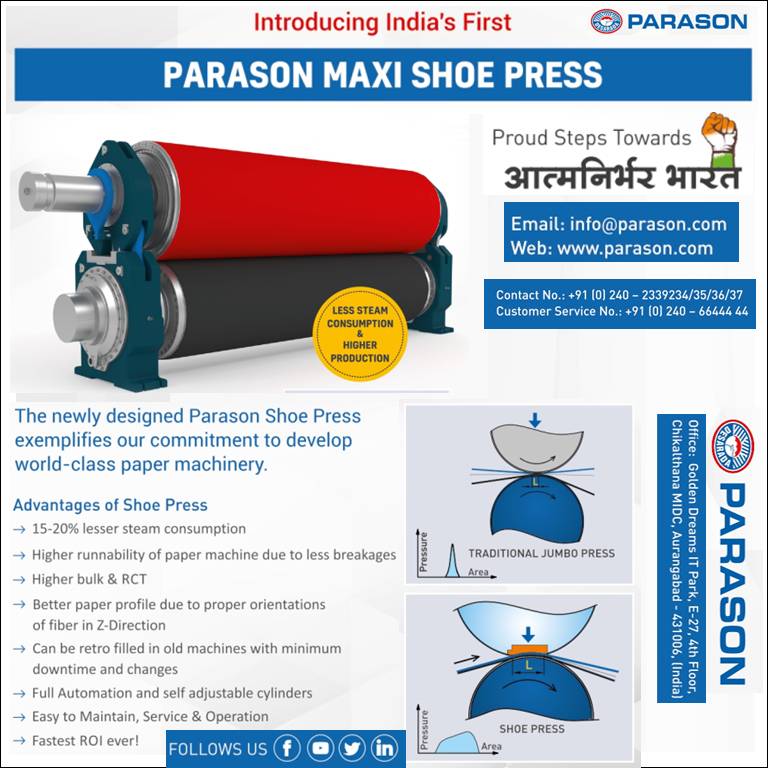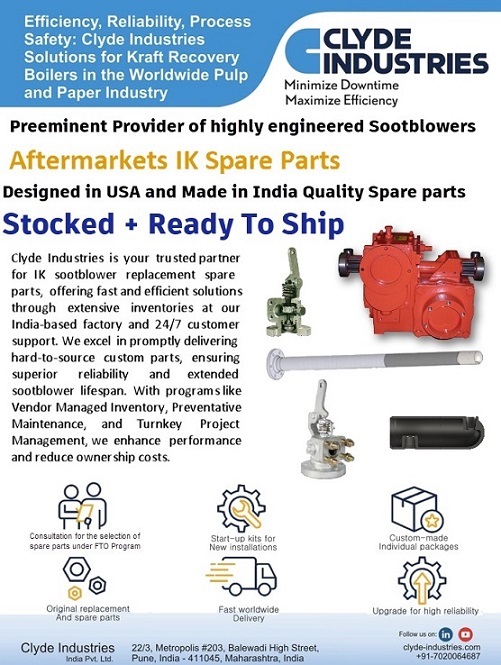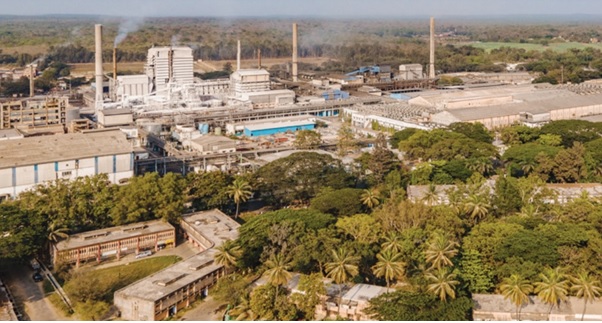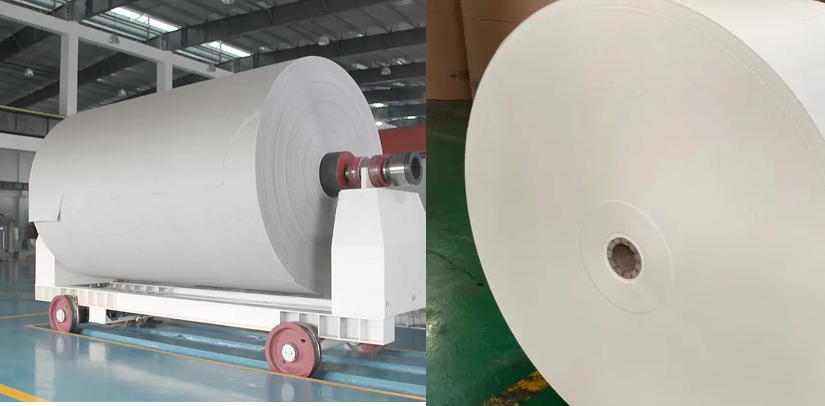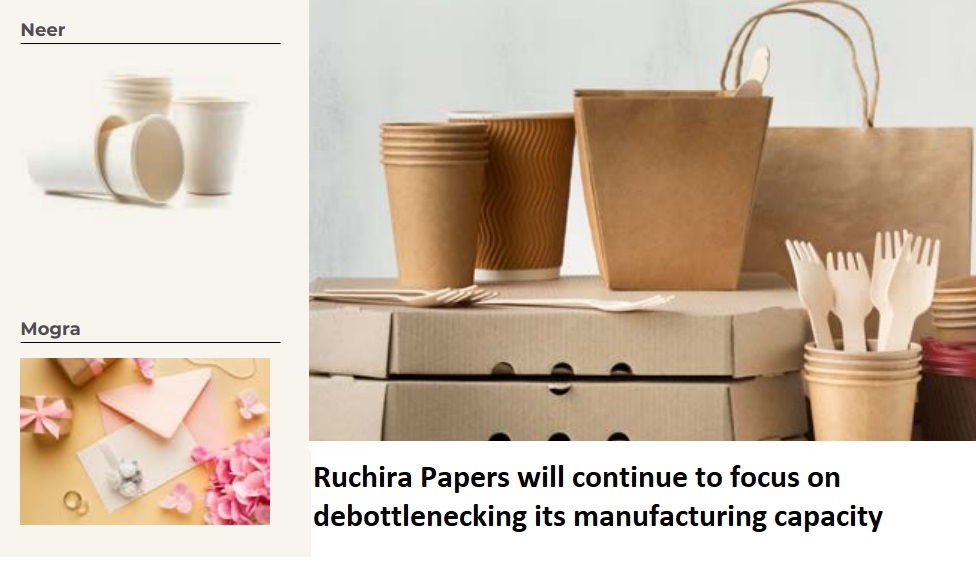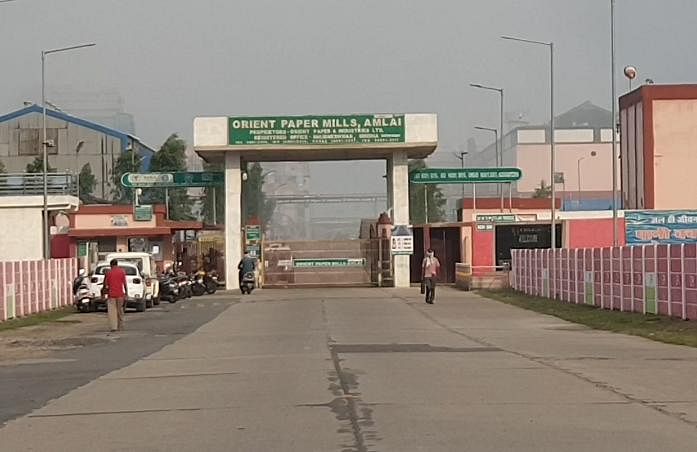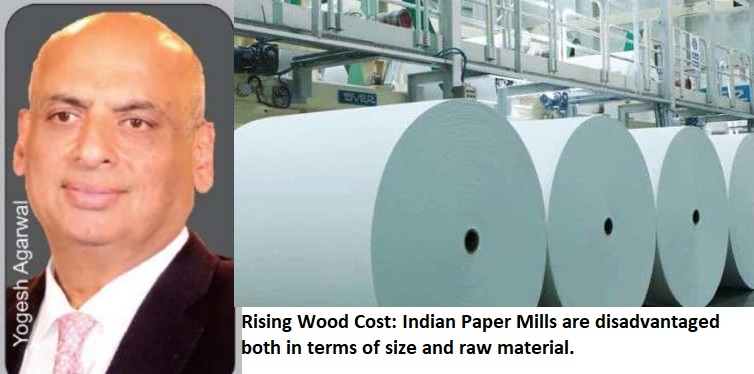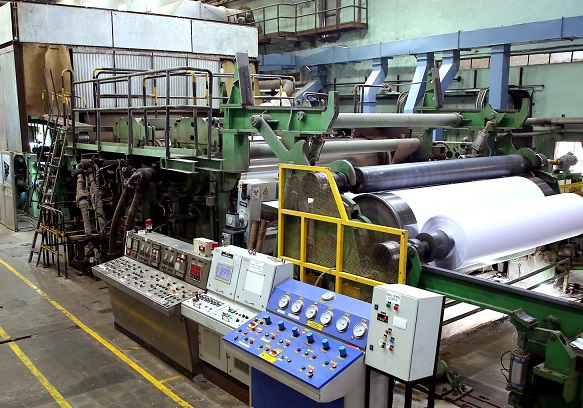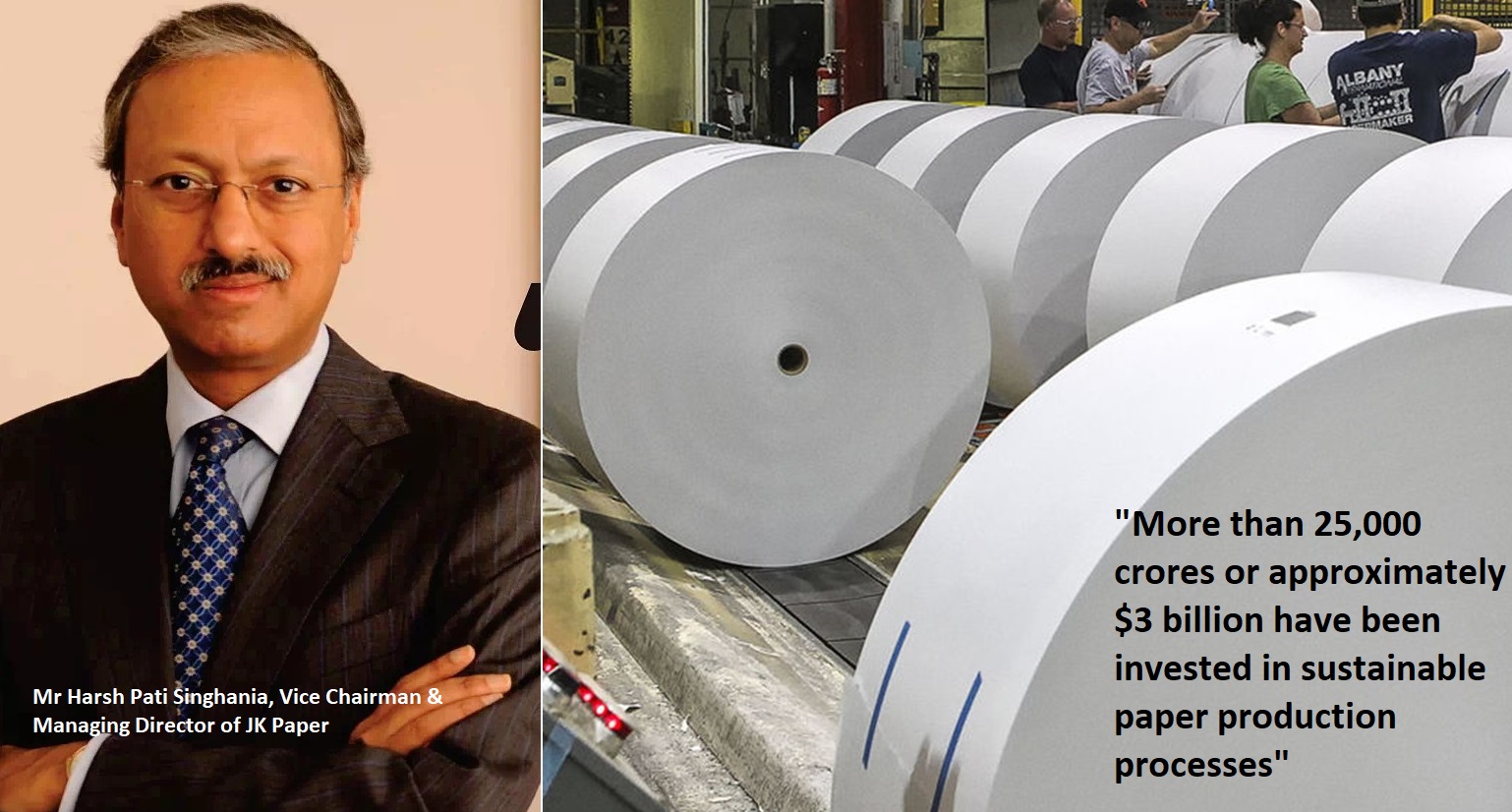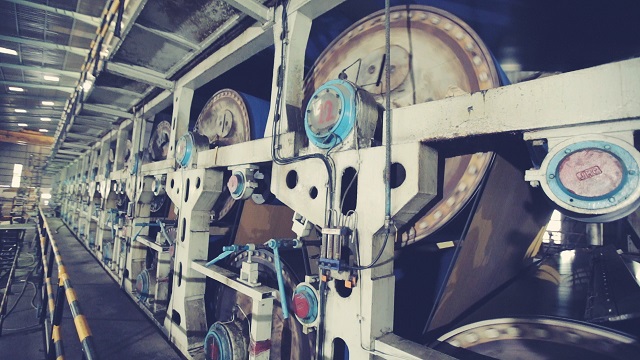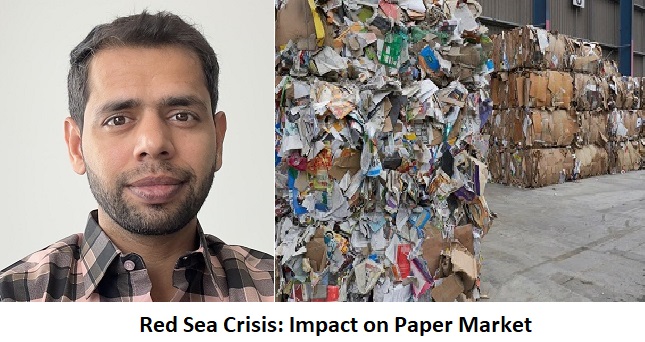The Status of the Global Container board Industry, Recycled Paper Demand and Supply and its impact on the Indian Industry
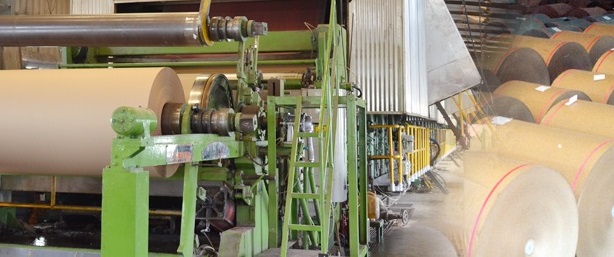
The Status of the Global Containerboard Industry, Recycled Paper Demand and Supply and its impact on the Indian Industry
The below perspective about the global and Indian Paper industry was given by Mr. Manish M Patel, Chairman & Managing Director, The South India Paper Mills Ltd. during his address in 62nd Annual General Meeting held on 23rd September 2021
September 2021 | The Pulp and Paper Times:
The Global Scenario in the Containerboard (referred to a “Kraft Paper” in India) has undergone a huge change over the last three years.
A major factor that has influenced the global production, demand and supply situation has been the introduction of progressively stringent standards on imports of various grades of Wastepaper by the Chinese Government. The restrictions on imports of lower grades of wastepaper began in 2018 and culminated in a complete ban on imports of all grades of wastepaper into that country from 1st January 2021.
The Chinese ban has had a significant effect on the Indian market as indeed, it has had on other global markets.
The China Effect:
To put the current situation in perspective, I must first draw your attention to some facts about various Global Markets for Containerboard. The Chinese Containerboard Industry is the largest in the world with about 55 million MT production per year and is dependent almost completely on recycled paper for its fibre furnish. The US Containerboard Industry is a distant second at around 35 million MT/year and the EU zone is third at 30 million MT/year. Demand for Containerboard in the Indian market estimated at about 7 million MT/year is 1/8th the size of the Chinese market. Installed capacity for Containerboard in India is estimated to be about 11 million MT.
China is the largest exporter of manufactured Consumer Goods in the world and exports constitute a large proportion of its GDP. Chinese exports of common Consumer Goods such as electronics, toys, household goods, shoes, garments and so on, are paper packaging intensive. Paper, as boxes and cartons is shipped out with the goods that are packed in them.
Even with a high recovery rate of domestic recycled fibre, replenishment of the fibre basket, requires the import of wastepaper or pulp.
The Containerboard Industry in China depends on imported fibre to the extent of at least 30% of its total requirement to fill its furnish basket.
The complete ban by the Chinese Government of all kinds of scrap including wastepaper since the beginning of 2021 has left a gaping hole in the supply of recycled fibre for Containerboard production in China and limited its output.
The fallout of this situation has been a sharp and high rise in wastepaper and finished paper prices in the Chinese market. Exports of Virgin Kraft Pulp, Recycled Pulp Rolls and Finished Paper to China have constituted attractive opportunities for players outside China since mid-2018. Global prices of Kraft Linerboard and Virgin Pulp have soared to record highs on the back of Chinese imports.
Capacities in some Southeast Asian economies such as Indonesia, Vietnam, Thailand, and Malaysia were diverted to fill the gap in Chinese demand for Recycled Containerboard during 2019 and 2020 resulting in local price increases in these economies.
The demand and Supply scenario continues to evolve - Large Chinese groups operating in the Containerboard space in China have also been setting up new capacities outside China, in Southeast Asia and in excess recycled paper zones such as the USA since 2018 to fill the fibre requirements of their mills in China.
Impact on the Indian Scenario:
Overall Exports of Containerboard and Recycled Pulp Rolls by Indian mills increased from around 0.67 million MT in 2019-20 to about 1.25 million MT in 2020-21 and to average of 2 Lakhs MTs per month in the first quarter of current year 2021-22 as against average 1 Lakh MTs per month in the previous year. Most of the material exported was to China even as demand and pricing in India remained lacklustre due to excess capacity and Covid effects.
The poor quality of finished paper in terms of strength, runnability and odour has kept Indian mills out of the prime Recycled Containerboard segment and confined them mostly to the Recycled Pulp Rolls and low grade Fluting Medium segments.
Notwithstanding these limitations, Indian mills, particularly in and around Morbi, Gujarat have been setting up new capacities to cater to the Chinese demand.
This is likely to exacerbate the excess capacity/supply scenario in India should the export demand falter. It is also important to note that the current steep rise is global container freight rates is also a limiting factor and exports out of India have dropped substantially from July onwards this year.
The gap in demand for higher priced grades in the Chinese market has been filled by Southeast Asian and European mills who are equipped with better machinery and can easily meet global standards.
Current Operations:
Notwithstanding strong headwinds in terms of intensified competition, poor demand growth and a steep rise in input costs we have been able to weather the year so far quite well.
We closed the first quarter of FY 2021-22 with an operating profit of Rs. 11.56 Cr as against Rs 6.58 Cr. during FY 2020-21 which was a lockdown quarter.
Outlook – Rapidly rising cost of key Inputs, Stagnant Demand and Excess Capacity in the Industry – Matters of Concern:
Costs of major inputs - Wastepaper and Fuel were stable to down immediately after the lockdown in March and April 2020 was lifted and gave a boost to the earnings in the remaining part of FY2020-21.
However, I must inform you with some concern, that costs of these inputs have risen very rapidly over the last 7-8 months and that it has been difficult to stay ahead of the cost increases in terms of recovering them in selling prices of paper and corrugated boxes.
Imported RB2 Coal, in consonance with Global prices has risen from 7,200 Rs/MT delivered in May 2021 to 10,800 Rs/MT in August 2021 and currently quoted at 13,400 Rs/MT. Imported wastepaper (AOCC) at $330-340, up from around $300 in March 2021 is now at a historical peak.
Excess capacity in paper manufacturing capacity as well as converting are keeping a lid on pricing for most common grades of paper and boxes to FMCG majors.
Recovery of cost increases in higher grades that substitute imports like high priced Kraft Liners are much better. It is a matter of some relief that a large part of our production range is in this space.
Moving away from merely expressing relief, I must state that the pandemic and, increased Environmental consciousness are presenting new opportunities for our segment of the industry as new paper based packaging and plastic substitution initiatives gather momentum. We have initiated some steps in our Printing and Packaging Division to develop substitute containers for the Food Service/Delivery business.
I am happy to inform you that whilst we have counted Nestle, Asian Paints, Britannia Industries, Reckitt Benckiser, HUL and many other reputed brand owners amongst our business partners, our marketing team has added a new feather in its cap in terms of Amazon. Besides the business of supplying boxes to one of their largest Fulfillment Centres in India, this association is expected to present us with the opportunity to supply paper grades that will substitute plastics.
At this stage, I would like to try and reassure you by simply stating that your Company has included in its product capability mix, for the expanded capacity, grades that will address the opportunities in these 'other' segments of the industry.
Future Prospects:
Our medium to long term prospects depend heavily on the successful implementation and start-up of the new paper machine.
In configuring this machine and its associated pulping line, your Management has factored in not only the evolving market conditions in the domestic Corrugated Case Raw Material market but also, looked at lucrative opportunities in other segments of the industry to fill the capacity of the new plant.
The Pulping System, the Paper Machine and the Finishing and Packing System have been designed with a product mix in mind that includes many new segments that we currently do not operate in.
A successful start-up of the new machine will enable us to exploit more lucrative segments of the Paper Industry and, enter new geographic markets in 2022 and onwards.
Besides new market opportunities, I would also like to mention that this machine is expected to deliver significant savings in terms of fibre, energy costs and productivity which are imperative as the prices of key inputs rise.
Web Title: Recycled Paper Demand and Supply and its impact on the Indian Industry



 Join WhatsApp Group
Join WhatsApp Group Join Telegram Channel
Join Telegram Channel Join YouTube Channel
Join YouTube Channel Join Job Channel (View | Submit Jobs)
Join Job Channel (View | Submit Jobs)